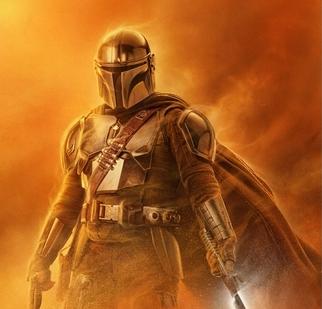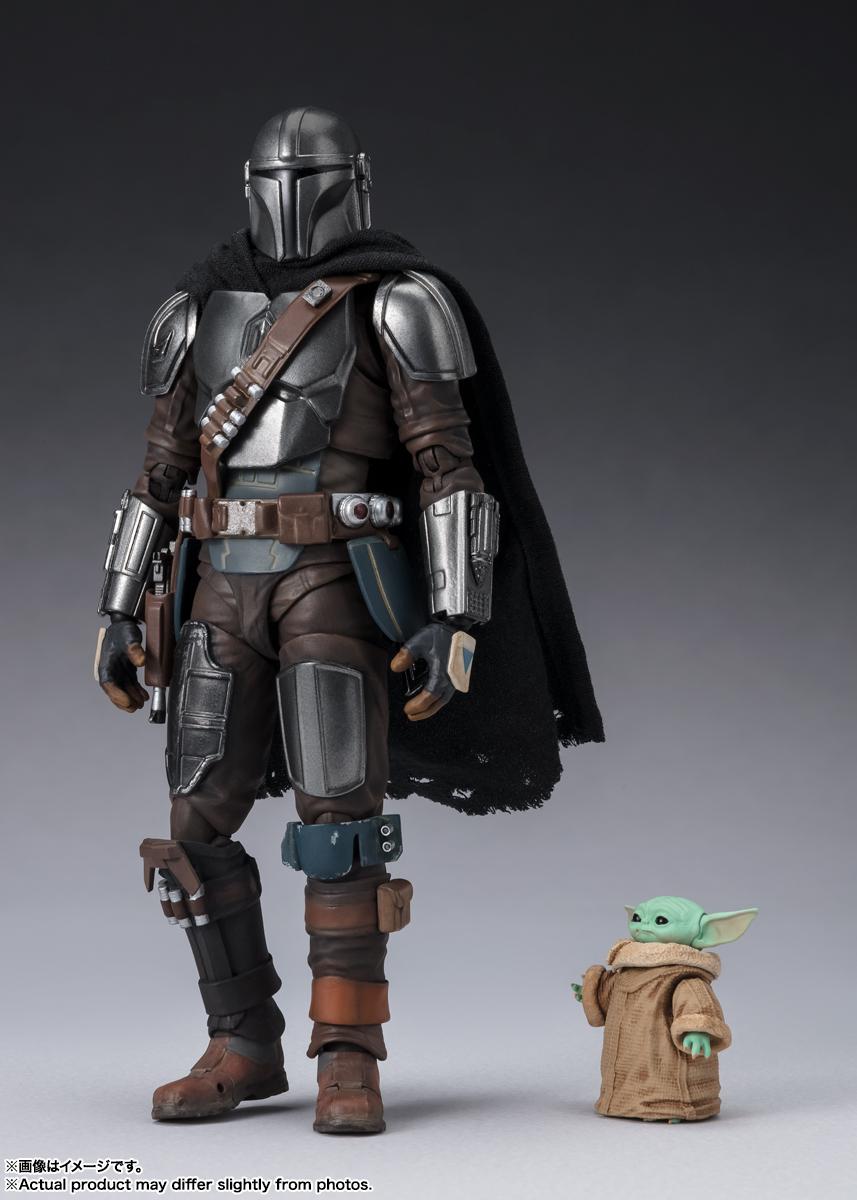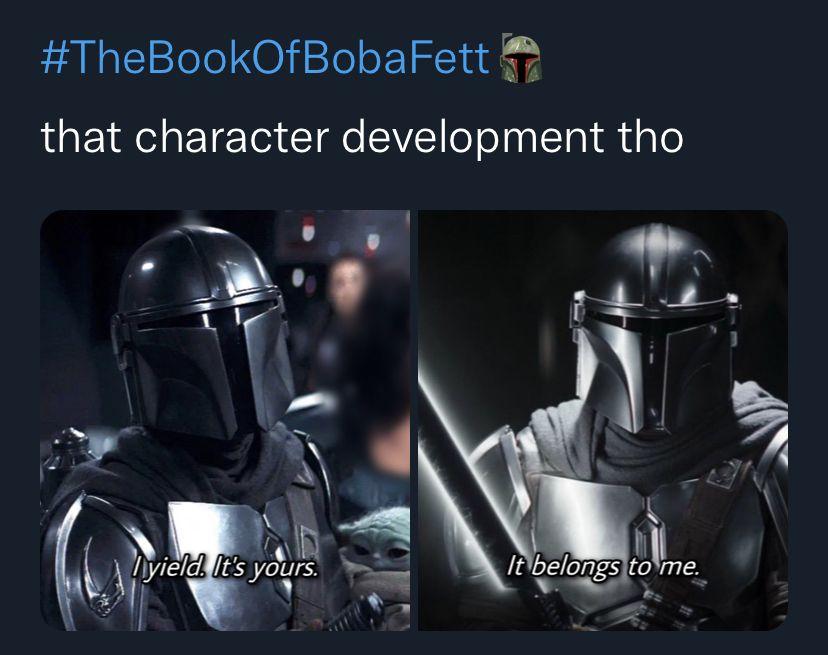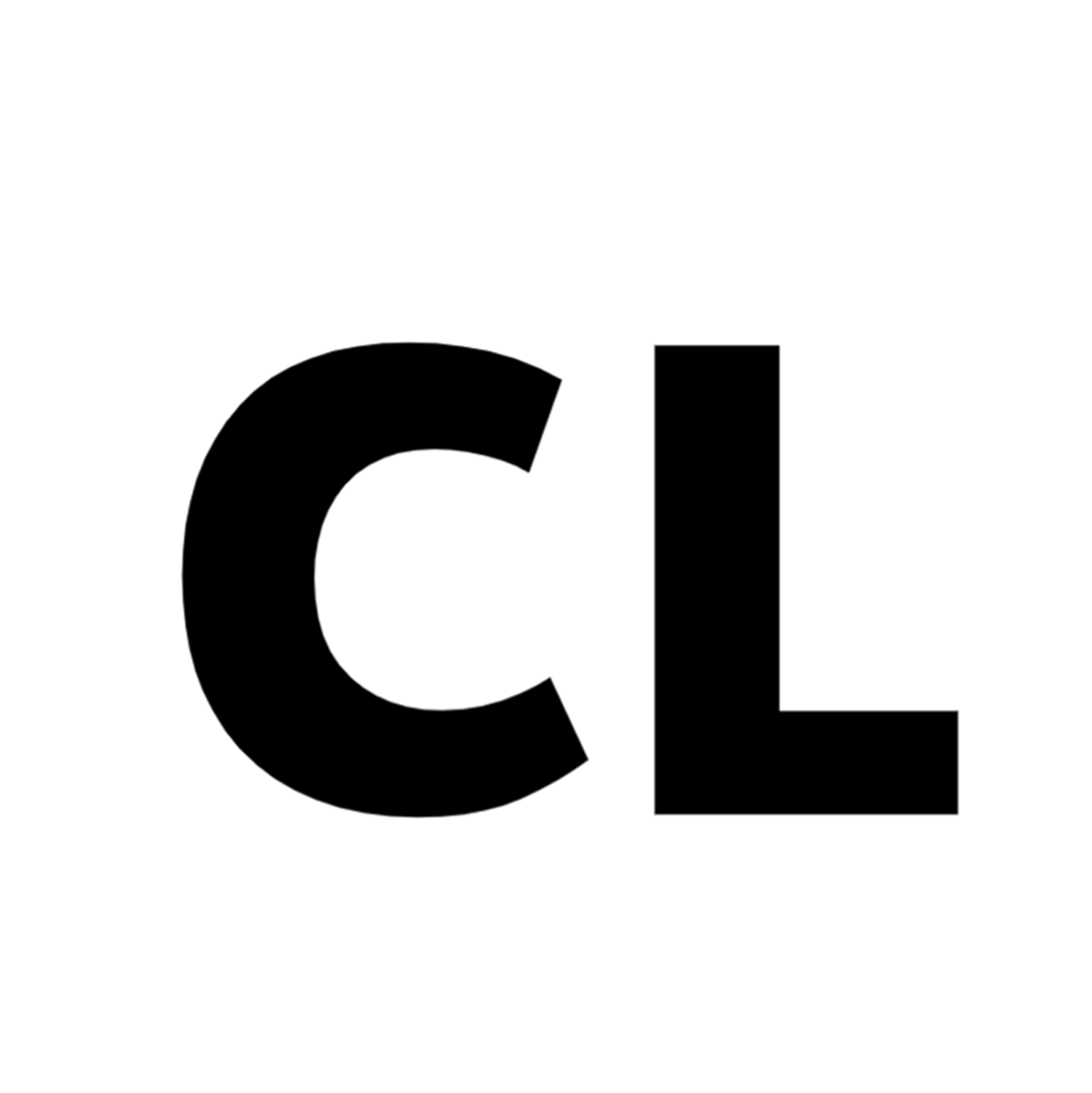In recent years, the Star Wars franchise has expanded its universe beyond the confines of the silver screen, with “The Mandalorian” emerging as a standout series that has captured the imagination of audiences worldwide. As it intertwines epic storytelling with intricate character development, the series also prompts a critical examination of the gender dynamics it portrays. While “The Mandalorian” is set in a galaxy far, far away, its narrative choices resonate with contemporary debates surrounding gender roles. This article seeks to explore whether the series revives traditional gender norms or challenges them, analyzing the depiction of its characters and their relationships through a lens that balances both nostalgia and progressivism. By delving into the portrayals of key figures, from the titular Mandalorian to the diverse array of supporting characters, we aim to uncover the complexities and contradictions inherent in this cultural phenomenon. As we navigate the interplay between tradition and innovation, this examination will offer insights into how “The Mandalorian” contributes to the ongoing discourse on gender in modern media.
Exploring the Representation of Masculinity and Femininity in The Mandalorian
The intricate depiction of gender roles in The Mandalorian invites a nuanced examination. At first glance, the series seems to embrace traditional notions of masculinity, embodied by the titular character, Din Djarin. He is portrayed as the archetypal lone warrior, whose stoic demeanor and protective instincts align with classical masculine ideals. However, the show intricately layers his character with emotional depth and vulnerability, challenging the rigid boundaries of conventional masculinity. By allowing the Mandalorian to express care and tenderness, especially in his relationship with Grogu, the series subtly critiques the stereotype of emotional detachment often associated with male heroes.
Conversely, the portrayal of femininity in the series is equally complex. Female characters such as Cara Dune and Bo-Katan Kryze defy traditional gender roles by stepping into positions of power and combat. They are depicted as strong, independent, and competent warriors, emphasizing their abilities rather than their gender. This portrayal challenges the stereotypical representations of women in science fiction, offering a more egalitarian view of gender roles. Key aspects of this representation include:
- Agency: Female characters have their own narratives and motivations.
- Leadership: Women are often shown in leadership roles, directing missions and commanding respect.
- Complexity: Characters are multi-dimensional, possessing both strength and vulnerability.
Thus, The Mandalorian provides a platform where both masculinity and femininity are explored with depth and complexity, questioning the stereotypes and encouraging a more inclusive representation.
Analyzing the Dynamics of Fatherhood and Caregiving Roles
In exploring the dynamics of fatherhood and caregiving roles through the lens of The Mandalorian, one can observe a nuanced portrayal of paternal responsibility that both aligns with and subverts traditional gender norms. The titular character, Din Djarin, embodies a stoic and traditionally masculine archetype, yet his journey is deeply intertwined with his caregiving duties towards the child, Grogu. This juxtaposition raises intriguing questions about the evolving nature of fatherhood. Does the armored warrior reinforce antiquated ideals of masculinity, or does his nurturing side suggest a more modern, egalitarian approach to parenting?
- Traditional Elements: Din Djarin’s protective instincts and warrior skills are reminiscent of classical patriarchal figures, suggesting a return to conventional gender roles.
- Challenging Norms: His deep emotional bond and willingness to adapt for Grogu’s wellbeing offer a compelling counter-narrative, highlighting a shift towards shared caregiving responsibilities.
Ultimately, The Mandalorian crafts a complex narrative that reflects the multifaceted nature of modern fatherhood. By presenting a character who seamlessly integrates both traditional and progressive traits, the series invites viewers to reconsider the boundaries of gender roles in parenting.

The Impact of Traditional Archetypes on Audience Perception
In the landscape of modern storytelling, traditional archetypes continue to wield significant influence over audience perception. The Mandalorian, with its dynamic characters, taps into these age-old patterns, inviting viewers to either embrace or question them. The titular character, a stoic bounty hunter, embodies the archetype of the lone warrior, echoing classical figures like the cowboy or samurai. This resonates with audiences who find familiarity in the solitary hero’s journey. However, the inclusion of characters such as Cara Dune, a fierce and independent former Rebel shock trooper, disrupts the conventional gender roles by showcasing women in positions of strength and authority.
Key elements influencing perception include:
- The portrayal of male characters as protectors, reinforcing the traditional masculine archetype.
- Female characters depicted in roles of power, challenging stereotypes by displaying both emotional depth and combat prowess.
- Interpersonal dynamics that balance cooperation and conflict, reflecting a nuanced approach to character relationships.
This interplay of archetypes within the series allows audiences to reflect on their preconceptions and fosters a dialogue on the evolution of gender roles in media.

Recommendations for Diverse and Inclusive Character Development in Future Seasons
- Embrace Complex Female Characters: To challenge traditional gender roles, future seasons should continue to develop female characters with rich backstories and multidimensional personalities. Characters like Cara Dune and Fennec Shand have been appreciated for their strength and resilience. More screen time and plotlines that explore their motivations and internal conflicts would deepen the audience’s understanding and engagement.
- Highlight Diverse Leadership: While the series has introduced a variety of leaders, expanding on diverse leadership styles can enhance inclusivity. By showcasing characters from different cultural backgrounds and with unique perspectives leading with empathy, strategic thinking, or unconventional methods, the narrative can break away from monolithic portrayals of leadership.
- Incorporate Non-Binary and LGBTQ+ Characters: Introducing characters that represent non-binary and LGBTQ+ communities can enrich the storytelling landscape. These characters should be integral to the plot and not merely symbolic, with their identities thoughtfully woven into their arcs to reflect the complexities of real-world experiences.
- Foster Collaborative Storytelling: Encourage collaboration between writers, directors, and cultural consultants to ensure authentic representation. This collaborative approach can help in crafting narratives that resonate with a wider audience and accurately depict diverse experiences.
